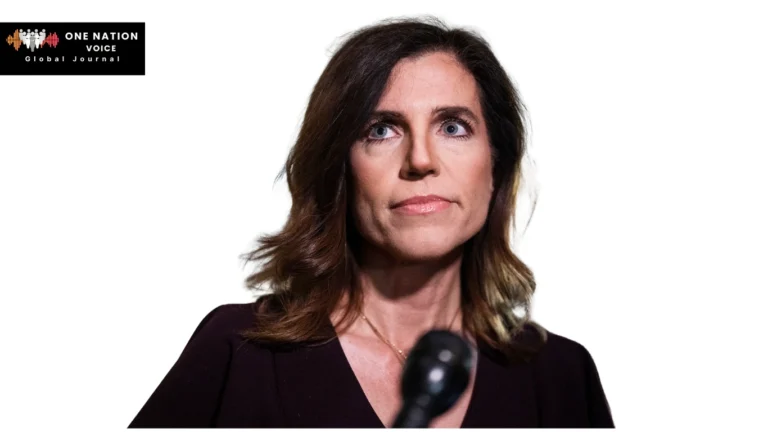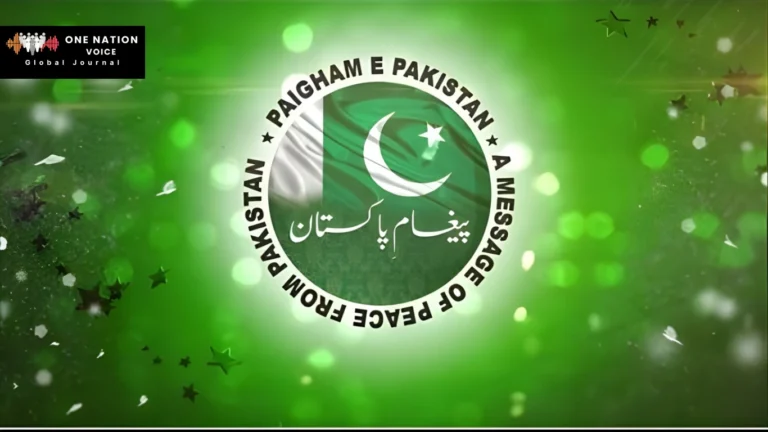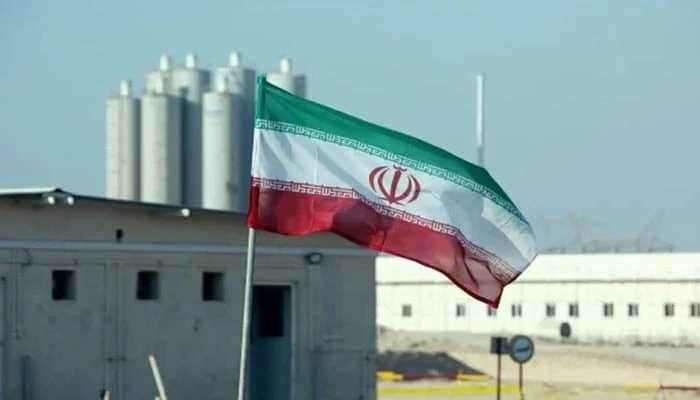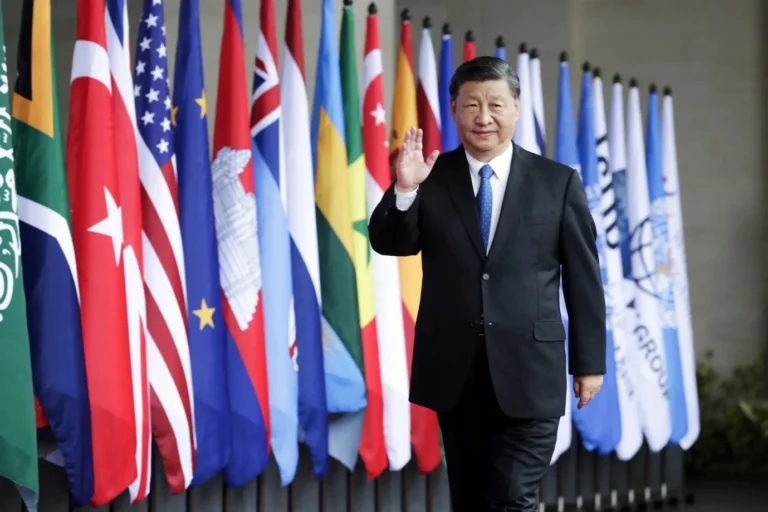Hindutva Extremism and Land of Lord Ram

The Symbolism of Ram and the Changing Meaning of Politics
When Delhi Chief Minister Rekha Gupta said that India is the “land of Lord Ram” and gave the green light for loudspeakers till midnight during the festive season, it was not just about amplifying the celebrations. But it was a reminder of how deeply religious symbols have influenced politics here. This line felt like a burden, and now it barely raised an eyebrow. Thus, the language of Hindutva has become normal.
How remarkable is this that Lord Ram has changed roles? For many, he has always been a symbol of devotion linked to faith and morals. Under the BJP and RSS, however, he has become something else entirely, a political mascot. When leaders keep repeating that India is the land of Ram, they are not just inviting the culture. They are clearly describing the country as Hindu and ignoring all the others. It came out of nowhere. In fact, the Ayodhya verdict of 2019 was a turning point. The Supreme Court has allowed the construction of a Ram temple at the site where the Babri Masjid once stood. The BJP called it a historic win, and for them, it was in real terms.
Besides, the construction of the temple from 2019 to 2023 was not just a religious project. It became the focus of the party’s campaigns, with rallies and events shaping Ram Rajya as the true destiny of the country.
Moving forward, there came Modi’s big moment in January 2024. Inaugurating the temple himself, he called it the beginning of a ‘new era’. On one hand, proponents saw it as a rebirth of civilization. However, critics saw the government mixing religion with state in a way that secularism would never be allowed. Either way, it cemented Ram not only as a figure of worship, but also as the chosen symbol of the state.
Ram Rajya, identity and political narrative
This change is not just about temples. It is also about identity politics. Some BJP leaders have claimed that Muslims are the “children of Lord Ram.” At first glance, this may seem like an attempt at inclusion, but it is a kind of deception.
So, it denies Muslims their own history and binds them to Hindu history. Thus, it is less about unity and more about integration where the difference is only when it is according to the dominant story.
By 2025, parties outside the BJP are also speak the same language. Rekha Gupta is a case in point. She belongs to AAP. Besides, only of BJP, but the same Hindutva rhetoric resonated when she spoke of being entrusted with the responsibility of guiding Delhi towards Ram Rajya. Once the leaders of the opposition start using these phrases, the narrative has spread beyond party lines. It is no longer fringe or even partisan, but it is the common language of Indian politics. Besides, this is not just in India but is also happening in other regions.
Thus, in 2020, the Prime Minister of Nepal claimed that the “real Ayodhya” is in Nepal and that Ram is Nepali. It sparked a mini-diplomatic storm, showing how myths can spill over into geopolitics as well.
Laws, Discrimination, and Threats to Democracy
What makes it even more remarkable is that they are small, everyday things. Loudspeakers are a manifestation of this. The law is straightforward that no loudspeakers after 10 p.m., regardless of religion, except on national holidays and some major festivals. But in practice, implementation has been patchy.
The Muslim call to prayer has been targeted as a nuisance. Hindu festivals are often the exception. Gupta’s midnight announcement was not random, but it fits into a broader pattern of privileging the majority’s traditions and presenting them as the default culture of public life.
So, when one look at the Ayodhya verdict, Modi’s temple inauguration, syncretic rhetoric, selective enforcement of rules, and now opposition leaders echoing the same slogans, a bigger picture is seen.It is not just a cultural thing. This is a deliberate plan to redefine India as a Hindu-first nation. Resultantly, there are consequences.
Myths have taken the place of history. Dissent is labelled as “anti-national.” Ram Rajya, which was once Gandhi’s dream of justice and fairness, is being reconstituted as majority rule.
Moreover, India has always been such a place, where many religions and languages co-exist. So, this dirty pluralism has been its strength. But as more leaders make the country the land of Lord Ram, this is the end of diversity. Gupta’s words may seem innocuous to some, but they show how far the change has gone. If India is officially considered to belong to one God, one myth, there is a danger of citizenship being defined through this lens. Hence, this is not just a loss for minorities, but it is a loss for the whole idea of India as a secular, pluralistic democracy.
The views and opinions expressed in this article are exclusively those of the author and do not reflect the official stance, policies, or perspectives of the Platform.
















